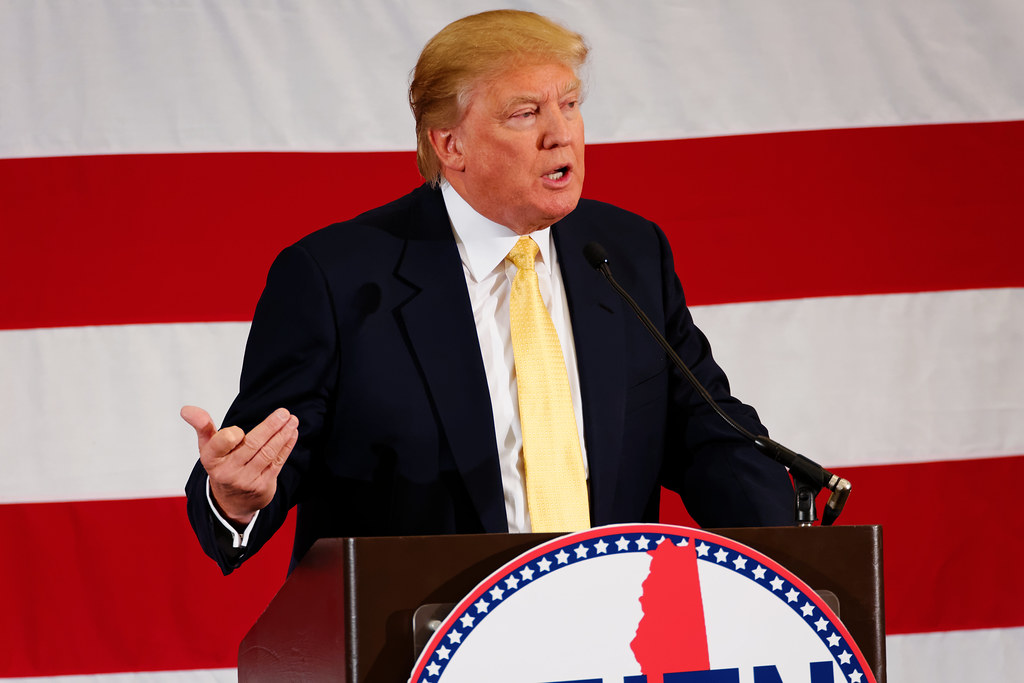Key takeaways:
- Trump said he inherited the worst inflation in history.
- Historical peak was over fifteen percent during World War One.
- Today, inflation stands near three percent, barely changed.
- Data shows tariffs did raise some costs.
- Experts flag a mismatch between his words and figures.
Trump’s Inflation Claims Under Fire
In a new transcript from “60 Minutes,” President Trump made waves. He insisted he inherited the worst inflation ever. Yet, reporters saw clear errors in his words. Inflation issues remain a top concern for many families. Therefore, his statements sparked sharp questions about truth and data.
Trump’s ‘Worst Inflation’ Claim
During the interview, he said, “I inherited the worst inflation rate in history.” He added that his second term is “blowing it away.” Moreover, he pointed to strong job numbers and a high stock market. He insisted, “Remember, Biden gave me the worst inflation rate in the history.” However, his claim came under probe.
Peter Baker of the New York Times noted this mix-up. He reminded viewers that inflation hovered near three percent when Trump took office. At that time, prices rose by about three percent annually. Similarly, Baker pointed out that inflation remains near three percent now. Consequently, the figures show little change since Trump moved into the White House.
The Real History of Inflation
Contrary to Trump’s claim, the highest inflation hit America during World War One. Back then, prices climbed more than fifteen percent yearly. Factually, this spike happened between nineteen seventeen and nineteen twenty. Thus, it dwarfed any post-war inflation rates. Meanwhile, modern spikes ran well below that level.
Moreover, experts agree that such extreme inflation came from war costs and supply shortages. When demand outpaced supply, prices soared. In contrast, today’s supply lines are more global and tied to technology. Therefore, the current inflation remains far below those wartime peaks.
Current Inflation Reality
As of September, inflation stands at nearly three percent. One year earlier, in September, it hovered around two point four percent. Despite this small rise, many Americans still feel price pain. Gas and grocery bills still weigh heavy on budgets. Yet, the headline rate remained stable overall.
Furthermore, Trump claimed that his tariff policies did not fuel inflation. He insisted, “We have no inflation. Biden had inflation, and he didn’t use tariffs.” In fact, several studies linked tariffs to higher costs on goods. For example, taxes on imports can raise prices for factories and shoppers alike. Therefore, tariffs often push inflationary pressure into the economy.
In addition, many economists say tariffs act like a hidden tax. They warn that this tax can chip away at consumer wallets. Even so, Trump repeated that his tariff moves cut costs. He painted a picture of triumph over rising prices. However, the data tells a different story.
Why Facts Matter
When leaders share accurate data, people make smarter choices. Clear inflation numbers help families plan their spending. They can save or invest based on real price trends. Conversely, confusing or false claims can upset these plans. Consequently, trust in government communication can erode.
Moreover, in a tight labor market, wages and prices both react to inflation. If prices climb fast, wages may struggle to keep up. This gap can hurt low-income households the most. Therefore, precise inflation tracking remains crucial for policy and people.
In addition, investors watch inflation closely. It shapes decisions in the stock and bond markets. As a result, even small shifts in inflation can trigger big moves in Wall Street. Hence, anyone watching the economy needs clear and truthful inflation data.
Wrapping Up the Inflation Debate
In the interview, President Trump turned to strong job growth and rising markets. Yet, his own inflation numbers undercut his point. While he aimed to highlight success, he instead sparked a fact-check clash. Thus, this debate over inflation shows how vital clear data can be.
Ultimately, true inflation affects every American. From filling the gas tank to buying groceries, price shifts matter. Therefore, leaders should be sure to present correct inflation facts. Claiming a historic high when data shows stability can confuse the public. In the end, honest dialogue builds stronger trust in our economic future.
Frequently Asked Questions
What is inflation?
Inflation measures how fast prices for goods and services rise over time. It shows the loss of buying power for each dollar.
When did the United States see its highest inflation?
America saw its highest inflation during World War One. Annual price hikes topped fifteen percent between nineteen seventeen and nineteen twenty.
How does current inflation compare to past levels?
Today’s inflation runs close to three percent. This level remains far below the wartime spike and shows little change since last year.
Can tariffs affect inflation?
Yes. Tariffs add taxes to imported goods. This extra cost can spread through supply chains and raise prices for consumers.

